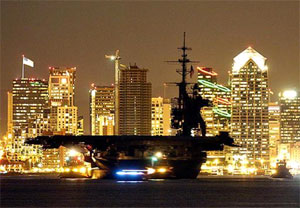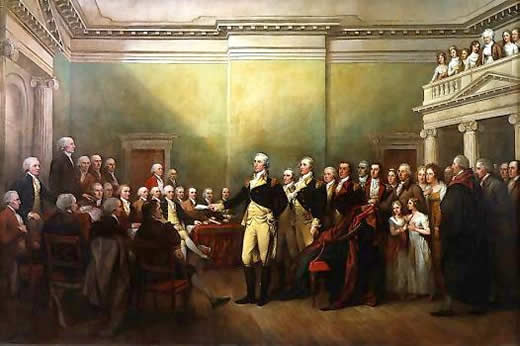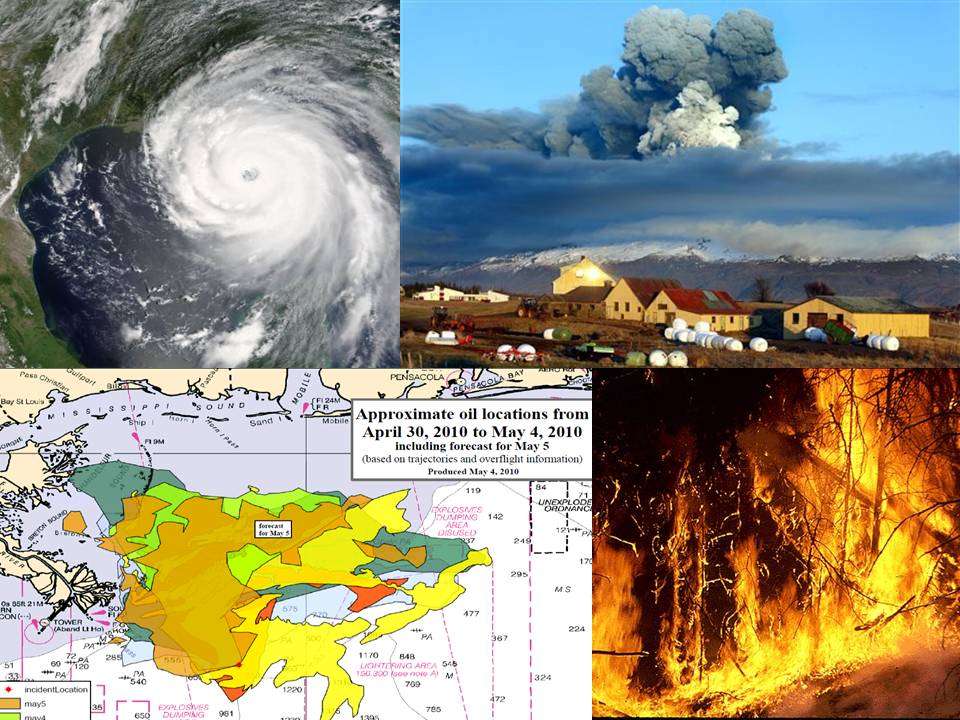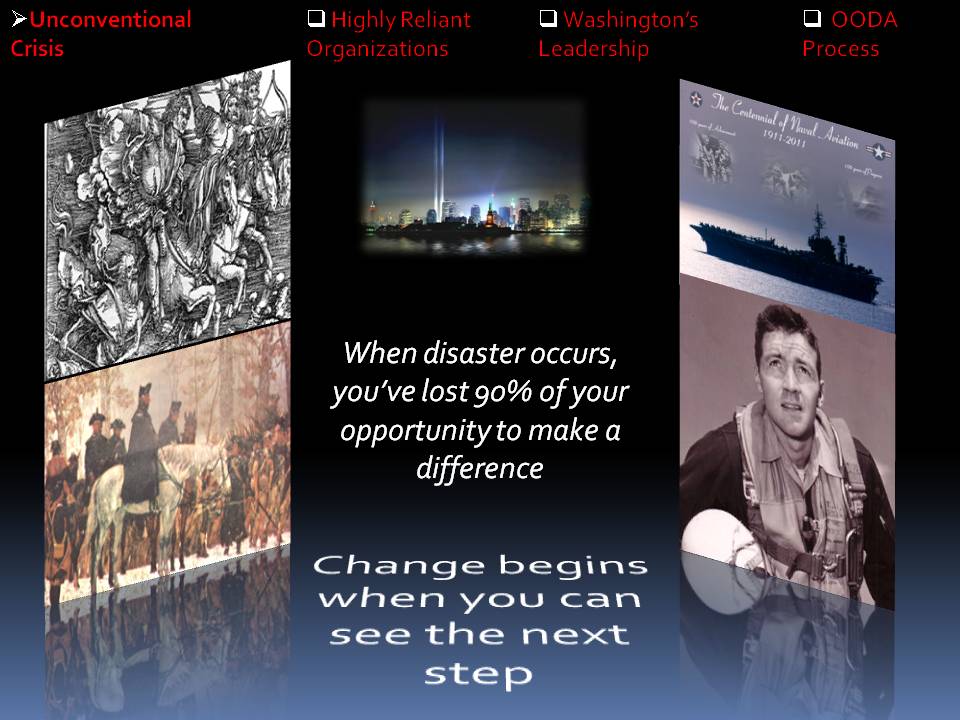Mar.11.2011
by Ed Beakley
Boundary Condition #1 (4)
UPDATE 16 March: See the comments below from PWH’s contributors and advisors
One significant element of an unconventional crisis as compared to other large catastrophes is the complex maps of actors – Catastrophic crises systematically involve an enormous variety of stakeholders, on an international scale.

Pictures from Japan: http://www.cnn.com/interactive/2011/03/world/hires.japan.quake/index.html?hpt=T1
Preparation? Readiness? Thinking the unthinkable?

Initial earthquake damage, then explosions and massive fire, then 30 feet of water, then flooding., nuclear meltdown, massive radiation in the atmosphere. Where does response start, where is the forward edge of battle, where is the center of gravity? How does leadership define and shape this “battlespace?”
This most applies does it not? Unconventional Crisis: Parameters
Comments below reflect e-mail discussion that resulted from the recent announcement of the PWH blog Round #2 of the 2011 Boundary Conditions. They address ”unconventional crisis” in context of the catastrophic events ongoing in Japan:
Tags: Culture of Preparedness, Japan 's Disaster, resilient communities, Unconventional Crisis, worst case disasters
Filed in 2011 Boundary Conditions,Disaster in Japan,Unconventional Crisis | Comments Off
Mar.04.2011
by Ed Beakley
Boundary Condition #2 (3)
A work in progress: With this post we conclude the second round of discussion on our 2011 boundary conditions. Before reading Part 2, a few thoughts:
Of no surprise should be the issue of training as a key to operating successfully in unstable or high stress, high impact situations. But what is emerging is the degree to which it is not just training to task no matter how detailed or how continuous, but apparently training combined with learning so as to teach recognition and perception skills i.e., how to recognize the edges of the envelop almost before those edges are actually defined. Out of the Boyd discussion – smart Observation and then Orientation. Continue Reading »
Tags: Adaptability, Culture of Preparedness, Fly Navy 100Years, high Reliability Organizations
Filed in 2011 Boundary Conditions,Fly Navy-100 Years | Comments Off
Mar.03.2011
by Ed Beakley
Boundary Condition #2 (2)
Of all activities studied by our research group, flight operations at sea is the closest to the “edge of the envelope”–operating under the most extreme conditions in the least stable environment, and with the greatest tension between preserving safety and reliability and attaining maximum operational efficiency. Rochlin, Laporte, Roberts

Today, one hundred years after the first naval aviator to-be checked in to begin flight training at North Island, across the San Diego Harbor resides the USS Midway (CV-41), her operational service done, she is at peace. But it was not always that way. Designed and built out of the needs of World War II, she missed that war by days. But in the Vietnam War, Midway was one of only two carriers to receive the Presidential Unit Citation, her fighter pilots were responsible for the first air-air kill of the war on 17 June 1965 and the last kill on 12 January 1973, in the Christmas bombing raids that led to the end of the war, while Air Force B-52s struck at Hanoi, CAG 5′s Intruder pilots simultaneously struck Haiphong, her attack pilots flew the last missions into North Vietnam, and she stayed on the line until the last day, the last mission of that war. The ’72 war cruise set the record for most days on the line for any carrier in the war.
Schoolboy, Midway’s call sign if you needed to talk to her in the goings and comings of “jousting with SAM and Charlie” was a warship, designed to go in harms way for the United States of America. From September 1945 to April 1992 neither Schoolboy’s crew or her airwing ever failed in that task. In the most demanding of missions, in the most demanding environment, Schoolboy owned the term reliant.
But then some days were harder than others.
Continue Reading »
Tags: Fly Navy 100Years, high Reliability Organizations
Filed in 2011 Boundary Conditions,Fly Navy-100 Years | Comments Off
Feb.22.2011
by Ed Beakley
Boundary Condition #3 (2)
Preserve harmony, create chaos and achieve victory by continually keeping the enemy off balance through a superior capability to adapt. Sun Tzu

Today, February 22nd 2011 is George Washington’s birthday. As a country we don’t really pay homage to our first President, commander of the Continental Army or Father of the Nation. Rather what we do, is have Presidents Day which is intended to honor both Washington and Lincoln, and in reality is a Federal Holiday, day off for many, and opportunity for mass sales, the last being the most noted aspect.
For Project White Horse, this is an opportunity to continue discussion of the 2011 boundary condition focused on Washington’s leadership in trying times. The first post discussed the Battle of Trenton and its significance in American history in making the Declaration of Independence more than just fine words surrounding an abstract idea of “we the people.”
Continue Reading »
Tags: George Washington, Hybrid Warfare, OODA
Filed in 2011 Boundary Conditions | Comments Off
Feb.17.2011
by Ed Beakley
Boundary Condition #4 (2)
From Searching for John Boyd:
… as PWH continues to research and provide discussion on decision making in severe crisis, Boyd and his “way” is the final of four boundary conditions. I intend to use the OODA notion of time cycles and competitive behavior as a “lens,” first for analysis of my intersection pieces (see previous 2011 Boundary Conditions posts) and then to explore how to build a Boyd “snowmobile” around the expanded idea from Dr. Richards of what kind of organization(s) can operate to recover and survive from a severe negative OODA (Observe-Orient-Decide-Act) start. I.e., how does a community “regain relative superiority” after the shovel in the back of the head?
As a general comment, the order and subjects of posts will not rigidly follow the order in which they were originally presented, and as in this case, having provided greater level of detail on Boundary Condition #1,Unconventional Crisis, in the last two posts, this post reflects what will probably be an ongoing approach : leveraging Boyd’s way of observation, analysis/synthesis as ingrained in orientation, and creation of actionable understandingas vehicles to bridge the ideas and stories that the boundary conditions are envisioned to convey. Specifically, before discussing aircraft carrier operations as reflective of a highly reliant organization in complex day-day operations, some key points from Boyd would seem beneficial.
Continue Reading »
Tags: John Boyd, OODA, Unconventional Crisis
Filed in 2011 Boundary Conditions,John Boyd,Unconventional Crisis | Comments Off
Feb.11.2011
by Ed Beakley
Boundary Condition #1 (3)
The previous post (2), presented the parameters defining an unconventional crisis as developed by Dr. Erwan Lagadec. Here in the following table and discussion we provide comparison of the characteristics that differentiate decision making, leadership and operational response in relation to both routine emergencies and conventional disasters and to unconventional /hyper complex catastrophic level events:
Summary of Contrasting Features of Routine and Crisis Emergencies

(Modification from Leonard and Howitt, Against Desparate Peril: High Performance in Emergency Preparation and Response, John F. Kennedy School of Government. Harvard Business School, 2007.)
The last box under “defining competence” notes “recognition of novelty. Novelty is not only an endemic property of our environment, it is also a fundamental characteristic of social systems and activities. Unconventional crisis create uncertainty as do complex systems. As uncertainty is central to unconventional crisis, andindeed seems pervasive in our time, it is imperative for organizations to create the ability to operate comfortably in this condition. Novel input requires adaptability or creation of novelty in response. (Boyd 1992, Osinga 2007)
Continue Reading »
Tags: Culture of Preparedness, Intersections, John Boyd, OODA, Resilient Community, Unconventional Crisis, worst case disasters
Filed in 2011 Boundary Conditions,John Boyd,Unconventional Crisis | Comments Off
Feb.06.2011
by Ed Beakley
Boundary Condition #1 (2)
“Conventional crises rarely require high levels of inbuilt resiliency from our systems. This is because such events tend to affect circumscribed “ground zeros,” and therefore can be tackled by bringing to bear the “normal” assets and strategies of the unscathed outside on the impacted area. On the other hand, catastrophic or hyper-complex events will destabilize entire systems, forcing leaders and public alike to abandon “normality” altogether, and look for a coherent fallback position. However, it is eminently difficult to organize an orderly general retreat, especially when leaders must redefine a new line of defense while on the run, and from the ground up. Miracles at Dunkirk are precisely that: miracles. Even before the planning phase, and more fundamentally, the makeup of our systems itself must anticipate the destabilizing effects of unconventional events by weaving resiliencies (visible or “hidden”) into their fabric.” Erwan Lagadec

Unconventional Crisis was discussed briefly in the previous post which introduced the four boundary conditions for PWH 2011 effort. Indeed, it is really the driving element. While 2010: The Earth Strikes Back summarized UC-type incidents in the past year, here we will provide more in depth explanation.
In the 2007 Unconventional Crises, Unconventional Responses: Reforming Leadership in the Age of Catastrophic Crises and Hypercomplexity, Erwan Lagedec noted that In recent history, there is no doubt that the “three horsemen of the Apocalypse” best illustrating the impact and consequences of catastrophic events, for leaders, analysts, and popular culture alike, are September 11, the 2004 Tsunami, and Hurricane Katrina. Most certainly, the 2010 earthquake in Haiti easily qualifies as the fourth horsemen. Continue Reading »
Tags: Culture of Preparedness, resilient communities, worst case disasters
Filed in 2011 Boundary Conditions,Unconventional Crisis | Comments Off
Jan.25.2011
by Ed Beakley
Boundary Conditions for 2011
Ventura County Fire Department, Battalion Chief Ranger Dorn commenting on Deepwater Horizon
As a result of working around emergency plans and training on Threat, Risk and Vulnerability Assessments around the country and having responded to many significant events, I believe most plans for handling emergencies are based on assumptions and guesses made by well meaning workers/managers and oft times- “experts” – BUT a number have been off base, or completely wrong. . I have heard many proposed solutions from “experts.” Many are easily discounted even though they receive much press”.
You can’t fix things without some understanding, real understanding of the problem – nor can there be real leadership without actionable understanding. That’s where establishing boundary conditions as a vehicle to frame the problem – and therefore garner greater insight – become important.
With the concept introduced previously of intersections from seemingly disconnected fields in mind, I have determined to explore the usefulness of the UC concept in discussion of decision making in severe crisis by addressing it in context as one of four research boundary conditions to be presented via this FORUM/Blog. The four previous posts (links provided) have provided introductory remarks defining those boundary conditions and are summarized below.
1) Unconventional Crisis; 2) Carrier Aviation as a High Reliability Organization; 3) Washington’s Leadership; 4) John Boyd’s Way

Continue Reading »
Tags: Culture of Preparedness, Fly Navy 100Years, John Boyd, Leadership
Filed in 2011 Boundary Conditions | Comments Off
Jan.05.2011
by Ed Beakley
Boundary Condition # 4 (1)
for Boyd, uncertainty is the pervasive element of human endeavor, indeed, it is the prime characteristic of life … thinking strategically under such a condition requires a continuous combination of analysis and synthesis… and a multidisciplinary and multi-spectral approach
The OODA loop is much less a model of decision-making than a model of individual and organizational learning and adaptation in which the element of orientation plays the dominant role in the game of hypothesis and test, of analysis and synthesis, of destruction and creation. Science, Strategy and War; The Strategic theory of John Boyd, Col. Frans P.B. Osinga, Royal Netherlands Air Force

Thirty years ago to the day, January 4, 1981, Dogfight Tacks Can Win Big Wars, Preaches Pilot Turned Tactician by staff writer Michael Getler, was published in the Sunday Washington Post, thus beginning my personal searching for John Boyd, literally. Getler notes:
Today an increasing number of the nation’s senior military are listening to the ideas this imaginative and unconventional thinker lays out in a rough, repetitive, yet profound four hour lecture called “Patterns of Conflict.” “It’s a real tour de force,” says the Army War College Commandant, Maj. Gen. Jack Merritt… he created a lot of excitement up here among strategists and historians on the college staff…we also want to get the senior leadership of the Army to hear this thing…The top leadership of the Marine Corps has already heard Boyd’s theories…Senior officers say the Marine commandant, Gen Robert H. Barrow has spent hours with Boyd and was “very taken with him.” Marine Gen. P.X. Kelley, head of the new U.S. rapid deployment force also is Boyd listener and supporter.
Continue Reading »
Tags: John Boyd
Filed in 2011 Boundary Conditions,John Boyd | Comments Off
Dec.26.2010
by Ed Beakley
Boundary Condition #3 (1)
Christmas night 1776: As General Washington kneels to pray, the candle of life for an emerging ideal flickers, a river, a bitter cold march, a battle and the fate of a nation await. Even in victory, much defeat is still to come with yet another horrible winter at Valley Forge to be survived. He is no great battle captain, yet he holds the Continental Army together until victory in 1783. Abigail Adams: “I am apt to think that our later misfortunes have called out the hidden excellencies of our commander-in-chief. Affliction is the good man’s shinning time.” General Nathanael Greene: “He will be the deliverer of his own country.”

Early on the morning of December 26th, 1776, Washington’s force surprised and defeated the Hessian garrison at Trenton losing only two men, and they froze to death on the march not in the battle. Contrary to popular belief, the Hessians were not a sluggish hungover group from Christmas partying. They had earlier responded to a small incursion by another unit of the Continental Army without Washington’s knowledge. Washington was furious when he learned that his surprise was compromised, but fate was with him. The Hessian commander having ordered a search of the surounding area and finding no other troops, in deference to the worsening weather brought in his pickets.
Americans all, know the story of the incredible game changing December 26th victory against the Hessians at Trenton, but the more telling story is not that of the battle, but rather it is of the “march.” Continue Reading »
Tags: Irregular Warfare, War and Remembrance
Filed in 2011 Boundary Conditions,Intersections,What Kind of War | Comments Off









